You can’t say that
October 27, 2010
Art depicts all we fear, all we love and all that we are. But this wasn’t always true.
Back when I was an art history major, and sitting through hundreds of slide presentations, I came to the conclusion that European painting and sculpture only really came alive, emotionally speaking, after the Church stopped being the primary patron of the arts.

This is Lea Michele playing me in the 1980s
“Good,” I thought, as we moved from the Medieval and Renaissance periods into the Dutch Golden Age, “We’re finally done with the ‘Madonners.’” That’s what my friends and I called that endless stream of portraits showing Mary of the Tilted Head and Jesus of the Never Poops or Squawks (look down: there they are). She smiles beatifically as he points with his wee index finger to a Biblical passage we best review. Incidentally, we rolled our eyes that the only women deemed worthy of painting in those days were all virgins: virgin mothers, virgin queens … Outside of class, my friend, Kelly, invented a silly walk — knees bolted together — that made light of all this.
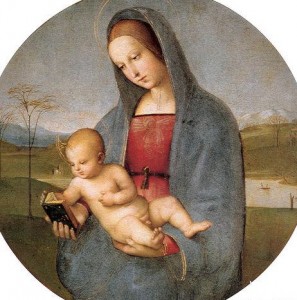
Obviously we understood that in earlier centuries devotional objects acted as social cues to the illiterate masses. The same was true of those writhing figures in the “Last Judgment” reliefs placed strategically above the exits of so many Catholic churches. They served as a final reminder to parishioners to go home with their own wives, not their neighbour’s. But religious art felt abstract and lifeless, somehow. That’s because part of the job of religion is to heavily edit human nature.
When patronage and publishing were opened up to the merchant classes in the seventeenth century (or thereabouts) this was, in my opinion, an even bigger deal than the Renaissance rediscovery of three dimensions, when, physically speaking, we sprung to life on walls and canvases across Europe. (Trompe l’oeil on palace ceilings blows me away every time I see it. “That’s flat? No way!” I saw a lot of it in Austria this summer. But I digress… )
When clerics lost control over the definition of the meaning of life (because the rest of us could finally afford to write and paint and process our experiences), human nature, in all its beauty and lavish weirdness, got its first public airing. The Church couldn’t and wouldn’t explore this territory; it’s job was to direct human actions, not explore and explain them.
Take the Ten Commandments, the Bible’s Top 10 list of worsts in human nature. It’s a “Don’t List,” not a run down of all the whys and hows we cheat, murder, dishonour our relatives, swear like sailors and shop on Sundays. We need artists to examine our methods and motivations. Sometimes they do it better than modern-day psychologists.
[pullquote]The Ten Commandments are the Bible’s Top 10 list of worsts in human nature.[/pullquote]
Leave it to Rembrandt, for example, to describe mortality; Neruda and Rodin to capture love; J.D. Salinger to get us talking about suicide and Alice Sebold to touch rape. And while we’re at it, hats off to Harper Lee for getting us talking and thinking hard about bigotry and to Elvis for opening up society to the rhythms of sex, a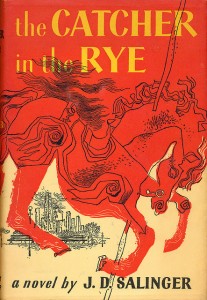 nd Chaucer for covering it all! (see below) In almost every one of these cases, the Church pushed back against the truths being unearthed (Burn that book! Get him off the television!).
nd Chaucer for covering it all! (see below) In almost every one of these cases, the Church pushed back against the truths being unearthed (Burn that book! Get him off the television!).
Is it any wonder, then, that the church would become the very last bastion of unexamined truths in our society? For decades the Catholic Church harbored secrets of widespread sexual abuse — sadly, an entrenched part of human nature — which have only truly come to light in the last two years. As an institution, it will be forever changed by this.

"The Kiss," (1889) by Auguste Rodin
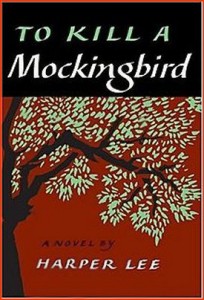 It’s taken us centuries to unpack all of our truths. In 2010, I’d say we’re almost fully unpacked now that sex, inequality, bigotry, suicide, incest and homosexuality are all on the table. I can’t think of any taboo we haven’t smoked out of its hole and examined up close through art, books, music, movies, TV and the Internet? Can you?
It’s taken us centuries to unpack all of our truths. In 2010, I’d say we’re almost fully unpacked now that sex, inequality, bigotry, suicide, incest and homosexuality are all on the table. I can’t think of any taboo we haven’t smoked out of its hole and examined up close through art, books, music, movies, TV and the Internet? Can you?
[pullquote]”The God I believe in would not be the God of the priests.” — Coco Chanel[/pullquote]

Writer Paul Morand called Coco Chanel "the exterminating angel of 19th century style."
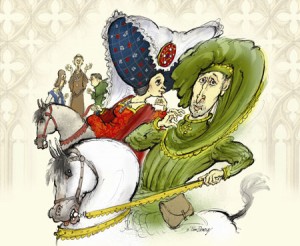
Chaucer's Canterbury Tales is bawdy and naturalistic, a seething mass of human nature told in riding rhymes. It was written during the Great Schism when the Catholic Church was distracted by its own corruption.








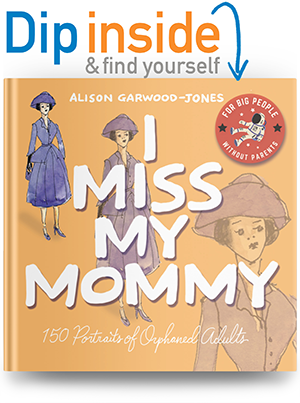





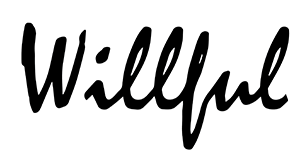

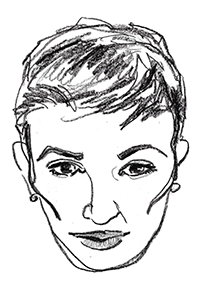










Leave a Reply